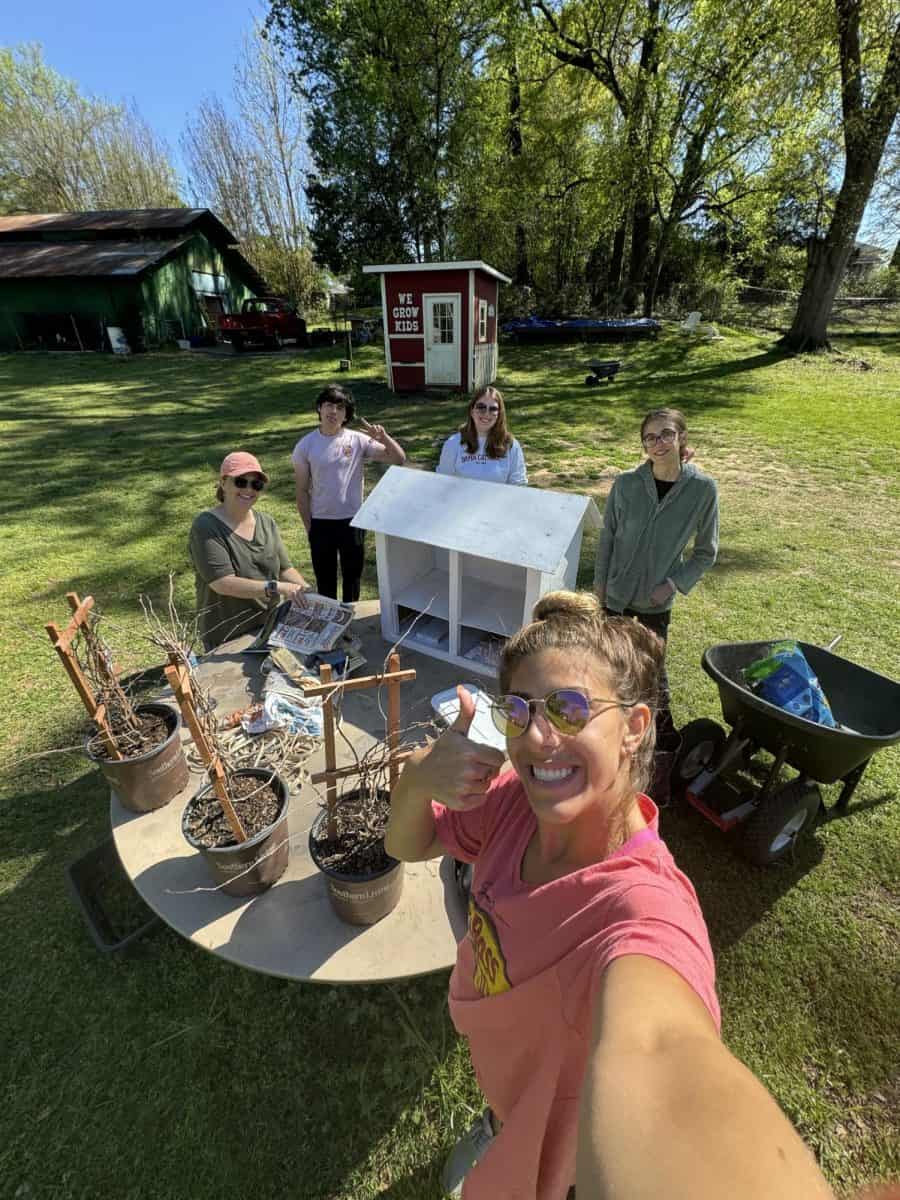It is now possible for anyone with Internet access to be an Ivy League student. No applications are required, there are no prerequisites, and all of the classes are free.
Massive open online courses, or MOOCs, offered by universities internationally, are opening up higher education through online lectures and coursework. In May 2012, Harvard and MIT launched EdX.org, a collaboration between the two universities to offer these types of free courses. The site has gained popularity across the globe and now has 1.3 million registered students and 29 university partners including Cornell, University of Texas and international partners such as The University of Queensland and Peking University.
“Harvard and MIT decided to fund and start a nonprofit open-source online learning initiative with the best professors all over the world. The technology has evolved where massive open online courses have become very available,” Nancy Moss, director of communications for EdX.org, said.
Other websites like EdX include Coursera, Udacity Udemy, and iTunesU Free Courses. These websites use a module system where students and professors upload work and assignments. MOOCs do not provide eligible credit hours from the institutions involved, but students may complete an XSeries and earn a certificate of achievement to build their resume.
“Students tell us their employers do respond to the certificate, especially when it has the Ivy League seal or an international university’s name on it,” Moss said.
EdX is not yet 2 years old, but Moss said MOOCs are causing change worldwide and across educational platforms. A lot of their campus partners are excited about blended learning, she said. Professors are combining pieces of a MOOC, such as an online lecture, and then have students do work in a class in a more interactive setting.
“You can’t generalize the effects of this. We’ve had stories about students in Mongolia who have taken courses that help them get into better universities or even American universities,” Moss said. “Online learning has been around for a long time, but what we’re most excited about is how MOOCs can improve on campus education.”
Moss said he believes that MOOCs can add to, not take away from, the classroom. However, Cameron Lacquement, a professor at The University of Alabama who teaches an online anthropology course, said the open appeal of MOOCs also hinders their effectiveness.
“I teach online and also in the classroom, and what we’re trying to do is replicate the classroom online. Most of our classes are around 60 students maximum, and MOOCs get into the thousands. There were 100,000 students in one of the first courses offered through Harvard. We are trying to keep interaction, communication and frequent feedback between students and professors, and students and other students,” Lacquement said.
Lacquement said educators have reached a fork between availability and professor-student relationships. He questions the ability of a MOOC to effectively reach students with such large class sizes. He said he thinks that the University could incorporate the same kind of MOOC-based learning without losing the integrity of the material.
“I think they have the right idea, but they’re trying to make the classes too big, and it may be harder to update them. The MOOCs are designed differently than our online classes that we update all the time. Lectures and assignments are constantly improved and updated, which MOOCs can do but not if they play the numbers game,” Lacquement said.
Though courses are self-paced, EdX does update modules through institutional partners’ versions of the site. Universities upload and maintain information through their version of EdX.
For students in 2013, education can be online, in a classroom or a blend of the two. Class sizes range from fewer than 30 on campus to thousands online. While MOOCs and campus universities teach students through different platforms, according to the EdX website, they are ultimately partners.






